High School Puts 19 Classes on Hiatus
Classes with fewer than 15 students will not run next year, with exceptions
Theater Department Chairman Scott Sumerak works with students during Theater Management class in Room 128, May 23. Theater Management is one of the classes affected by the 15-student enrollment requirement and will be stacked, or combined, with Stagecraft class during the same class period next year.
Principal Eric Juli stated in the April 23 Weekly Roundup that 19 classes will be put on hiatus, or not offered, during the 2023-24 school year.
Classes on hiatus will not run next year, but the classes are not being cut, and students will be able to sign up for them for the 2024-25 school year. “We set the number of students who needed to sign up for a course to run at 15 students,” Juli stated.
The 19 classes are Literature and Human Expression, Fiction Writing, Film as Art, Social Issues in Contemporary Literature, College Algebra/College Trigonometry, Human Rights and Conflict, IB Economics I and II, AP Macroeconomics and Microeconomics, AP Physics: Electricity & Magnetism, Greek I-IV, Mixed Media, Chanticleers, IB Music SL and Music Composition. The classes are listed in a document linked in the April 23 Weekly Roundup. The document stated that IB Economics I and II, Chanticleers and Mixed Media are being suspended next year by department request. Although not listed in the document, AP Micro and Macroeconomics are also being put on hiatus by department request, according to Juli.
Juli stated that some classes with an enrollment of fewer than 15 students will still run next year. “Any course that any student needs as a graduation requirement is running,” he stated. “Courses that don’t meet the 15-student threshold that are attached to unique programs that make SHHS special will also continue to run.”
Courses that support programs such as Theater Arts and The Shakerite will continue to be offered next year with fewer than 15 students. However some of the courses will be stacked, or combined, in the same class period to meet the 15-student threshold, such as Stagecraft and Theater Management.
He also stated that classes that don’t have equivalents in the department, such as AP Music Theory, will continue to run.
The high school emailed the list of classes on hiatus to students through the Weekly Roundup. To access the document, however, students had to click on a link to see a message from Juli, and then click on a link in the message that led to the list.
Juli said in an interview that classes on hiatus will still be available in the Academic Planning Guide in future years. “There is no classes being cut, but the phrase I like to use is, ‘Students get to vote with their feet.’ They come down and tell us which classes they want and which classes they don’t, and that can change from year to year,” Juli said.
Although the classes on hiatus will be available for students in 2024-25, some teachers believe that a hiatus could lead to a cycle of not enough students signing up. “If we take something all off the schedule for next year, very quickly people are gonna forget about that, and the following year it’s gonna be harder to recruit people back into those classes,” Theater Department Chairman Scott Sumerak said.
Juli offered an example of a class returning after a year-long hiatus. “Two or three years ago, we ran AP World History and AP Euro History at the same time, and I asked the Individuals and Society department to go on an alternate-year schedule,” Juli said.
Although these classes are only offered every other year, there are enough students enrolled for five periods of AP World this year. “I think the key factor is some of the teachers in the Individuals and Societies department said, ‘Hey, let’s take this class,’ and they went to their students and recruited kids, and that’s what’s needed,” Juli said. “Departments can say ‘OK, what do we want to do differently? How do we want to get students to take these classes?’ And if they do that, I think classes will run.”
Both AP World and AP Euro fulfill a necessary Individuals and Societies credit for students, which could make sustaining enrollment easier compared to elective classes.
Juli said that there are three goals for the 15-student threshold. “The first is to have parity across teachers as best we can,” he said. “If we wanted to be absolute about that and have everybody with the same number of kids, the threshold would have to be much higher. But we also know that there’s unique programs that not everybody’s gonna sign up for because it doesn’t meet everybody’s needs, so on that front, 15 felt like a reasonable number,” Juli said.
The second goal is to reduce teachers’ workload by limiting the number of unique courses they teach. “The more courses you teach, the harder it is to teach all those courses,” Juli said. “There’s pretty clear research and very clear desire on the teachers’ part to have as many teachers as possible teaching as close to two different courses as possible.”
“The third reason for the threshold is to be responsible about the money that we’re spending in our community,” Juli said. “We do have decreased enrollment in the high school. We’re down around 100 students for next year across the school. That means 100 less kids taking classes.”
“The group of rising ninth-graders is the smallest group we’ve had since I’ve been the principal here. And then the group after that, I think, is even smaller,” Juli said. As of May 23, there are 357 rising freshmen, 39 fewer than the number of current freshmen, according to Guidance Counselor Department Chairman David Peterjohn. There are 351 current seventh-graders, six fewer than the rising 9th graders, according to the National Center for Education Statistics.
“It’s not one factor; it’s all of these pieces together,” Juli said.
James Schmidt teaches AP Physics Electricity and Magnetism, which will be on hiatus next year. According to Schmidt, 14 students requested the class for next year, which does not meet the 15-student threshold. “Enrollment’s never been high for AP Physics Electricity and Magnetism,” he said. “The past 10 years the average enrollment has been around 10, some higher, some lower.”
“I’ve started looking elsewhere to see if there’s another school district where I can continue to teach AP Physics because I value it,” James Schmidt said.
Junior Kevin Xiao requested Electricity and Magnetism, but had to switch classes because of the hiatus. “It will affect me a lot because I want to do electrical engineering, so electricity and magnetism physics is kind of important for that,” he said.
Xiao said that he doesn’t understand why the high school is not going to run the class. “We have enough kids. We have a teacher that loves the class,” he said.
Sumerak teaches Theater Management and Stagecraft, two classes that do not meet the threshold requirements this year. “Historically in our department, at least in the last 10 years that I’ve been here, some of those classes that we have in our department have always run with smaller numbers,” Sumerak said. “That has been done by design.”
Instead of putting Theater Management and Stagecraft on hiatus, the high school plans to “stack” them in the same class period. Juli said that stacking classes has been done for years, most commonly with world language, IB and advanced classes. “Neither of those classes met that threshold, and we really want to have a great theater program here, so this is a way to continue to have the classes,” said Juli.
Sumerak said that Theater Management and Stagecraft are too different to be stacked. “Even though they’re both theater classes, it would be like saying, ‘Let’s teach robotics and chemistry in the same room because they’re both science,’ ” Sumerak said. “The solution I was given, by stacking classes, is basically that in the classroom I would keep my 13 design students, and in the small cramped box office I would keep my management students during the same period, and that I somehow would stand here in between the two, monitor both classes, teach both classes simultaneously with two different curricula.”
Junior Lilith Schmidt takes Theater Management this year, and is signed up to take it next year. “Two seasons of this might be enough to require the theater department to only do one show instead of two because Theater Management is responsible for a lot of the production of the show,” she said. “We make props, we send out letters to our patrons, we write the emails that we send to everyone on the database.”
“I do not believe anyone can try to teach one class about management and budgeting and capital improvements at the same time as you’re trying to teach a separate class on tool safety,” she said.
Sumerak said that the high school is also planning to stack the Junior and Senior Ensembles. A list of the classes that the high school is currently planning to stack can be found here.
Intro to Computer Science was originally listed as being on hiatus next year, but the high school has decided to run the course. They made the change because it is the first course in the Computer Science sequence and will allow students to get into subsequent courses, such as AP Computer Science Principles, according to Juli.
Juli said that the decision to table classes is also related to the seven-class-period day. “I really want us to have eight periods in our schedule, and then students can take more classes. But we also need all of our students to actually take more classes.”
Juli said that with eight periods last year, many students took a study hall instead of another class. “We had to take math and science and social studies and English teachers out of teaching those classes to have them teach study hall because we had so many kids wanting study hall,” he said.
Freshmen are also now required to take a semester of PE and a semester of health, which means they can only take one elective class. Sumerak said that this has contributed to lower enrollment in theater classes. “A class I had before the pandemic that had 40 students in it now has six because they don’t have room to take an elective now as a ninth-grader,” he said.
Journalism I and II are similarly affected by the freshman PE/health requirement. Enrollment in two sections at times reached 40 students before the change. This year, there are 17 total students enrolled in the two sections of the classes, according to journalism teacher Natalie Sekicky.
“There isn’t a single class here that I don’t want to run,” Juli said. “We are making these decisions based on what students are telling us.”
“For example, we added the new Fashion Design two-course sequence this year, and there are 93 students signed up for the first class in that sequence, Fiber Arts,” Juli said. “Ninety-three students is a clear message that students want that course, and that means that there’s something else that they can’t take.”
Some teachers are not happy with the decision to suspend courses. Said James Schmidt, “It’s a departure from what I believe this district stood for, which is student experience at all levels.”
Managing Editor Marin Hunter contributed reporting.
Comment using your Facebook, Yahoo, AOL or Hotmail account
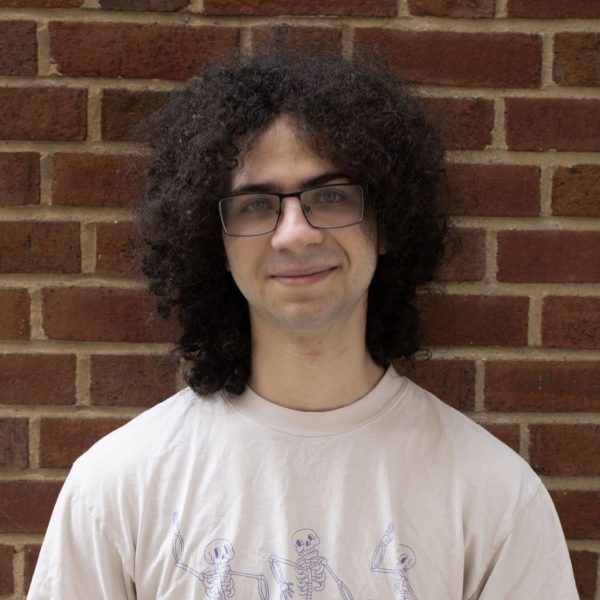

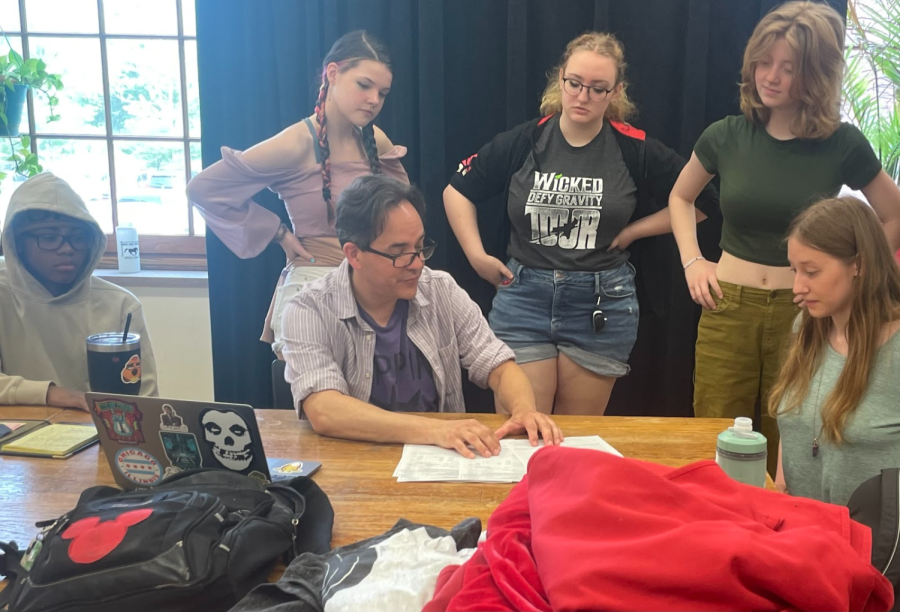


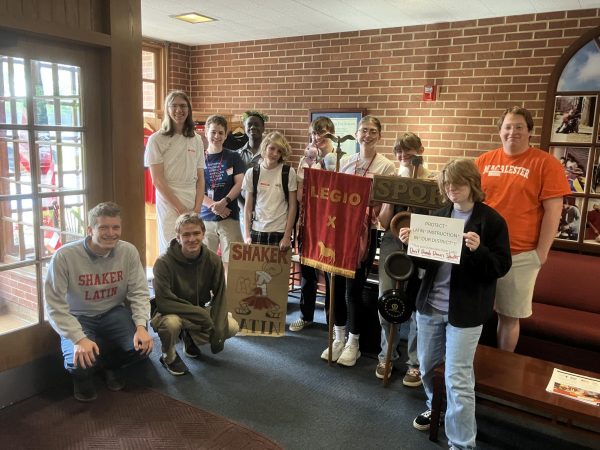
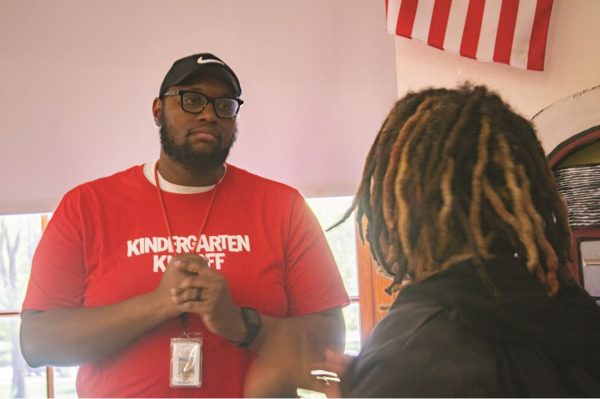
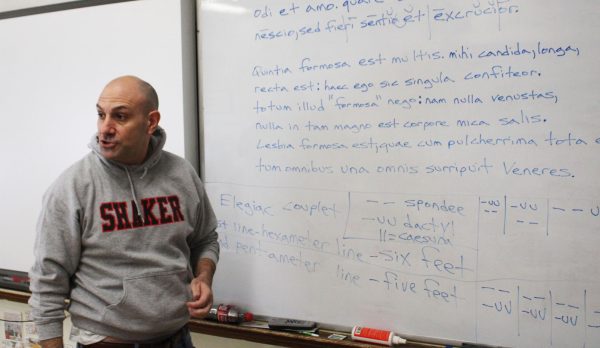



Jordan Green | Nov 14, 2023 at 10:10 am
This is pretty sad. My high school experience wouldn’t have been the same without IB Econ or Mr. Schmidt’s Physics class.